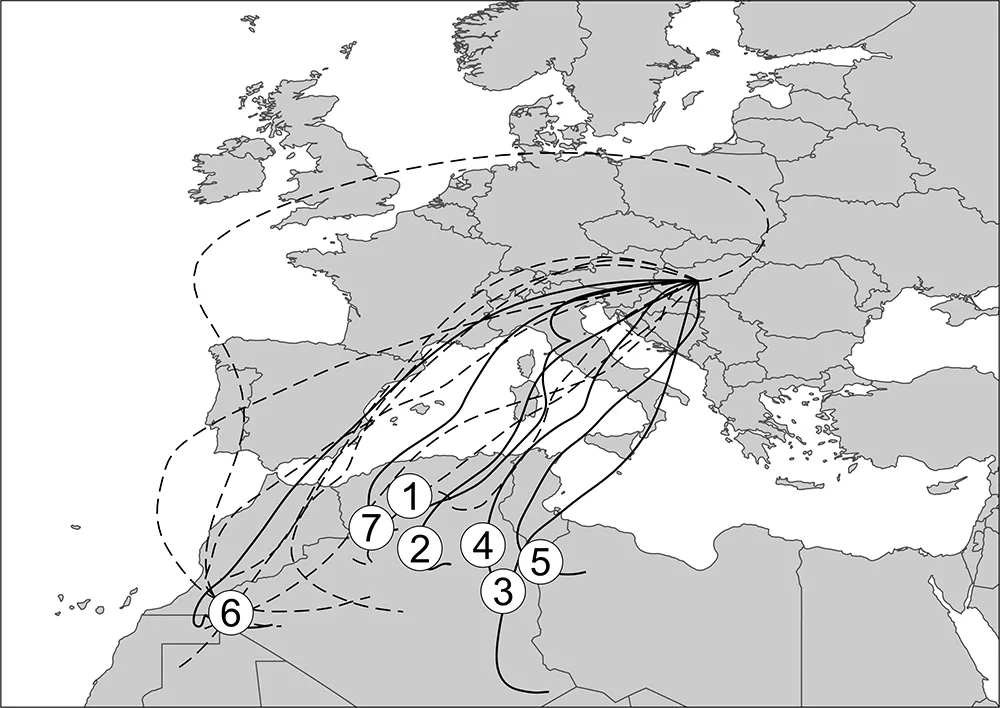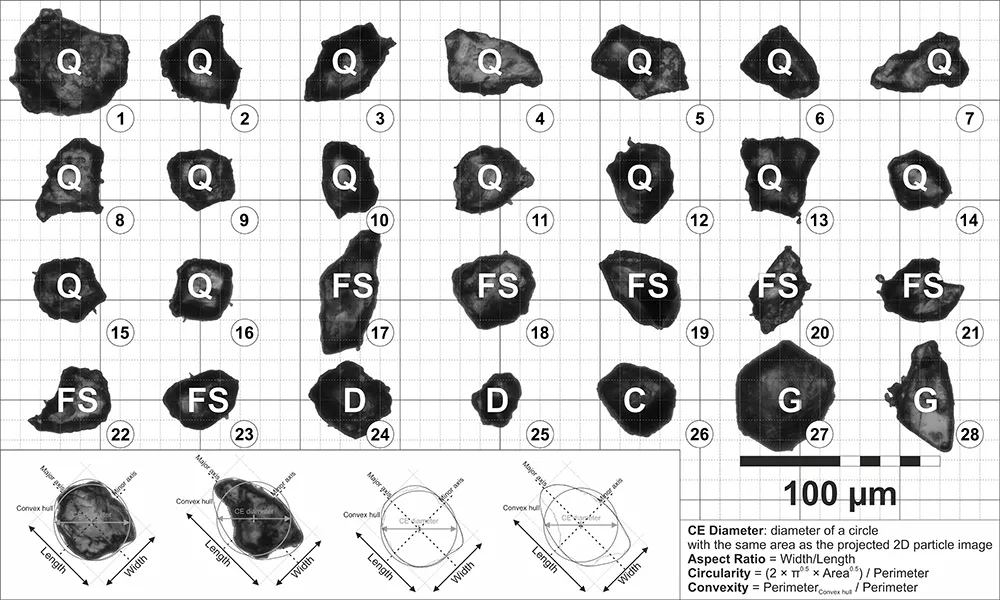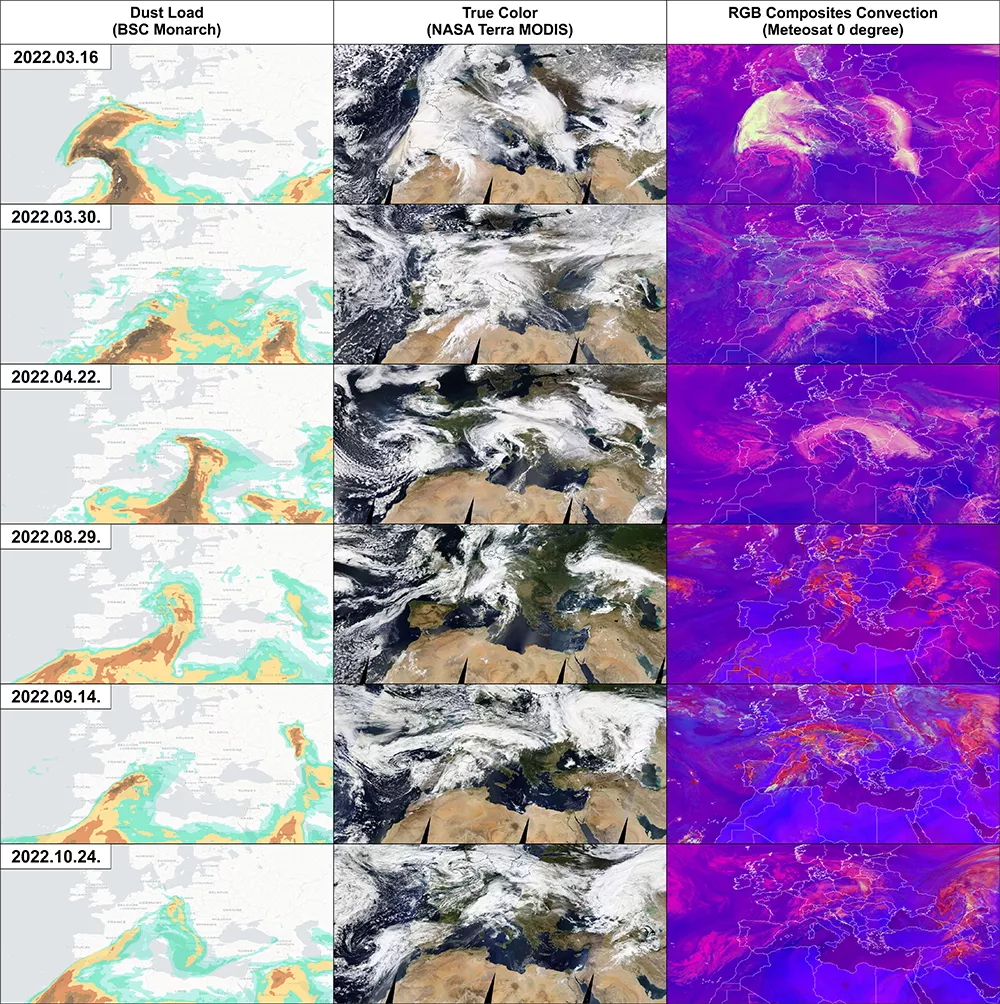Researchers from the HUN-REN Research Centre for Astronomy and Earth Sciences (HUN-REN CSFK), Pannon University and Eötvös Loránd University (ELTE) have investigated the impact of mineral dust carried by Saharan dust storms on domestic photovoltaic energy production and electricity generation schedules. The paper, published in the prestigious scientific journal "Renewable and Sustainable Energy Reviews," provides answers regarding when, from where, and how much mineral dust with specific properties from the Sahara arrives over Hungary. According to the researchers, scheduling should take into account these episodic dust storms, which can lead to reduced irradiance, resulting in less electricity production than initially anticipated by the planners.
Photovoltaic energy production and weather-dependent renewable energy sources, in general, are unpredictable. Unlike gas, for example, electrical energy cannot currently be effectively stored, and there is a continuous need for a balance between production and consumption, with no buffer in the system. The composition of fossil and renewable energy sources in the electricity mix varies from day to day. However, due to the necessity of maintaining a forced balance between production and consumption, it is crucial to know the proportion of weather-dependent renewables in the system for the next day. If the schedule is not accurate, it may require the rapid activation of expensive and fossil fuel backup capacities, primarily gas power plants.

The transport routes of Saharan dust storm events identified in the region of Hungary in 2022
The system operator, therefore, needs to know in advance how much the solar power plants will produce. Models are running for this purpose, and historical climatic data are also available. However, these models often do not take into account many parameters or misparameterise certain processes, and the historical data are essentially unusable due to the ongoing climate change.
Researchers from HUN-REN CSFK, Pannon University and ELTE have expanded their previous basic research on atmospheric dust and Saharan dust storm events in a direction that is also socially and economically significant. Specifically, they have focused on the impact of mineral dust on photovoltaic energy production and schedules.

The development of photovoltaic energy production (gray), atmospheric quantity of Saharan dust (orange), and the relative accuracy of scheduling (blue) in 2022
In their recently published scientific paper, György Varga, a senior scientist at HUN-REN CSFK's Geographical Institute, along with his colleagues, examined the significantly flawed 24-hour schedules for photovoltaic energy production during the 2022 record-breaking 16 Saharan dust storm events in Hungary. They shed light on the significant role of mineral particles in cloud formation during dust storm events, leading to increased cloud cover and extended cloud lifetimes. This results in lower irradiance, causing less electrical energy production than anticipated by the schedulers.
Among the methods applied by the researchers were satellite measurements, numerical simulations, calculations of air mass trajectories, and synoptic meteorological analyses. In addition, laboratory analyses of dust particles washed out with precipitation during Saharan dust storm events were also included. During individual episodes, researchers detected periodical deficits of up to 500 MW between actual and forecasted performance, necessitating the use of expensive and polluting backup capacity to cover the shortfall.
The main problem is that the role of atmospheric dust in the overall radiation balance is difficult to quantify in advance. Within individual dust clouds, various materials such as quartz, calcite, gypsum, clay minerals and mica, as well as variously shaped individual mineral particles and aggregates can be found, each with different optical properties. Darker-coloured particles, like hematite and goethite, absorb more radiation and have a local heating effect, whereas in the case of lighter particles, dominant effects include reflection (e.g., salt crystals) and scattering (e.g., quartz), which result in temperature decrease. The mineral composition is primarily dependent on the geological composition of the source area, but it constantly changes during atmospheric transport since larger and/or heavier particles can fall out of the dust cloud earlier, thereby modifying radiative properties.

Some characteristic particles of Saharan dust washed out over Hungary (Q: quartz; FS: feldspar; D: dolomite; C: calcite; G: gypsum)
When fine particles of atmospheric dust enter the atmosphere, they can also act as condensation nuclei necessary for cloud formation, without which cloud droplets would not form. An increase in the number of condensation nuclei, at a given water vapor content, leads to the formation of more but smaller cloud droplets. As a result, the cloud appears brighter and reflects more radiation. Another characteristic of smaller droplets is that they have a relatively long atmospheric residence time, thereby exerting their radiative effects for a longer duration. Additionally, the probability of precipitation decreases, which means that it is less likely to wash the panels.
The researchers provided answers to several open questions in the paper. For instance, they addressed when, from where, and how much Saharan dust arrives over Hungary, the mineral properties of the dust particles, and the size and shape of the dust grains. They emphasised that in addition to applying general aerosol climatology, episodic dust storms should also be considered in scheduling. Thus far, the microphysical processes related to clouds, specifically the relationships between dust and cloud formation, have not been factored into the calculations.

Examples of intense Saharan dust storm events: predictions of dust transport models; satellite images and false-colour cloud cover maps from satellites.
The research was carried out with the support of the NKFIH FK138692, as well as the RRF-2.3.1-21-2021 and the National Program for Sustainable Development and Technologies of the Hungarian Academy of Sciences (MTA).
Publication:
Varga et al., 2024. Effect of Saharan dust episodes on the accuracy of photovoltaic energy production forecast in Hungary (Central Europe). Renewable and Sustainable Energy Reviews https://doi.org/10.1016/j.rser.2024.114289